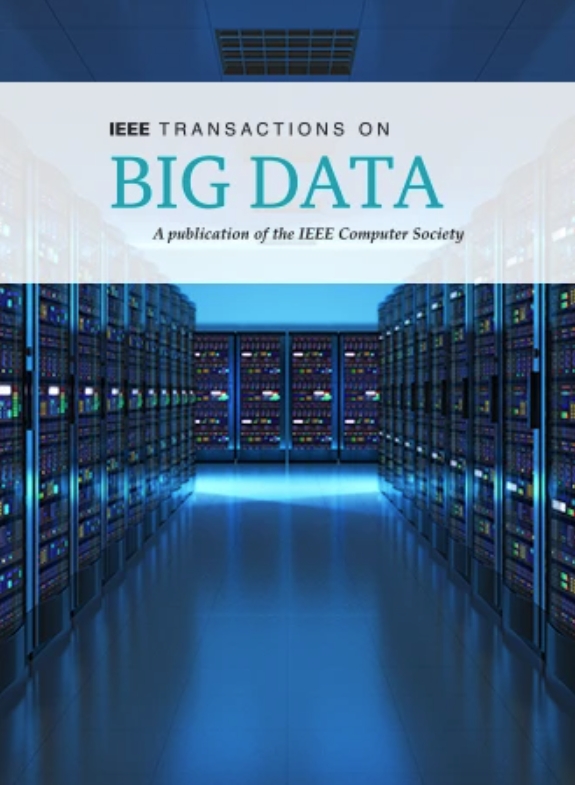Natural Language Processing for Arabic Sentiment Analysis: A Systematic Literature Review
IF 7.5
3区 计算机科学
Q1 COMPUTER SCIENCE, INFORMATION SYSTEMS
引用次数: 0
Abstract
Sentiment analysis involves using computational methods to identify and classify opinions expressed in text, with the goal of determining whether the writer's stance towards a particular topic, product, or idea is positive, negative, or neutral. However, sentiment analysis in Arabic presents unique challenges due to the complexity of Arabic morphology and the variety of dialects, which make language classification even more difficult. To address these challenges, we conducted to investigation and overview the techniques used in the last five years for embedding and classification of Arabic sentiment analysis (ASA). We collected data from 100 publications, resulting in a representative dataset of 2,300 detailed records that included attributes related to the dataset, feature extraction, approach, parameters, and performance measures. Our study aimed to identify the most powerful approaches and best model settings by analyzing the collected data to identify the significant parameters influencing performance. The results showed that Deep Learning and Machine Learning were the most commonly used techniques, followed by lexicon and transformer-based techniques. However, Deep Learning models were found to be more accurate for sentiment classification than other Machine Learning models. Furthermore, multi-level embedding was found to be a significant step in improving model accuracy.用于阿拉伯语情感分析的自然语言处理:系统性文献综述
情感分析包括使用计算方法对文本中表达的观点进行识别和分类,目的是确定作者对特定主题、产品或想法的立场是积极、消极还是中立。然而,由于阿拉伯语形态的复杂性和方言的多样性,阿拉伯语的情感分析面临着独特的挑战,这使得语言分类变得更加困难。为了应对这些挑战,我们对过去五年中用于阿拉伯语情感分析(ASA)嵌入和分类的技术进行了调查和概述。我们从 100 篇出版物中收集了数据,形成了一个包含 2,300 条详细记录的代表性数据集,其中包括与数据集、特征提取、方法、参数和性能指标相关的属性。我们的研究旨在通过分析收集到的数据,找出影响性能的重要参数,从而确定最强大的方法和最佳模型设置。结果显示,深度学习和机器学习是最常用的技术,其次是基于词典和转换器的技术。然而,与其他机器学习模型相比,深度学习模型在情感分类方面更为准确。此外,多层次嵌入被认为是提高模型准确性的一个重要步骤。
本文章由计算机程序翻译,如有差异,请以英文原文为准。
求助全文
约1分钟内获得全文
求助全文
来源期刊

IEEE Transactions on Big Data
Multiple-
CiteScore
11.80
自引率
2.80%
发文量
114
期刊介绍:
The IEEE Transactions on Big Data publishes peer-reviewed articles focusing on big data. These articles present innovative research ideas and application results across disciplines, including novel theories, algorithms, and applications. Research areas cover a wide range, such as big data analytics, visualization, curation, management, semantics, infrastructure, standards, performance analysis, intelligence extraction, scientific discovery, security, privacy, and legal issues specific to big data. The journal also prioritizes applications of big data in fields generating massive datasets.
 求助内容:
求助内容: 应助结果提醒方式:
应助结果提醒方式:


